Formula 1 is a sport that thrives on speed, strategy, and overtaking maneuvers. One of the key technologies that has revolutionized racing dynamics is the Drag Reduction System (DRS). Understanding DRS, its functionality, and its critical role in modern Formula 1 racing is essential for appreciating the intricacies of the sport.
The Basics of DRS
Definition and Purpose
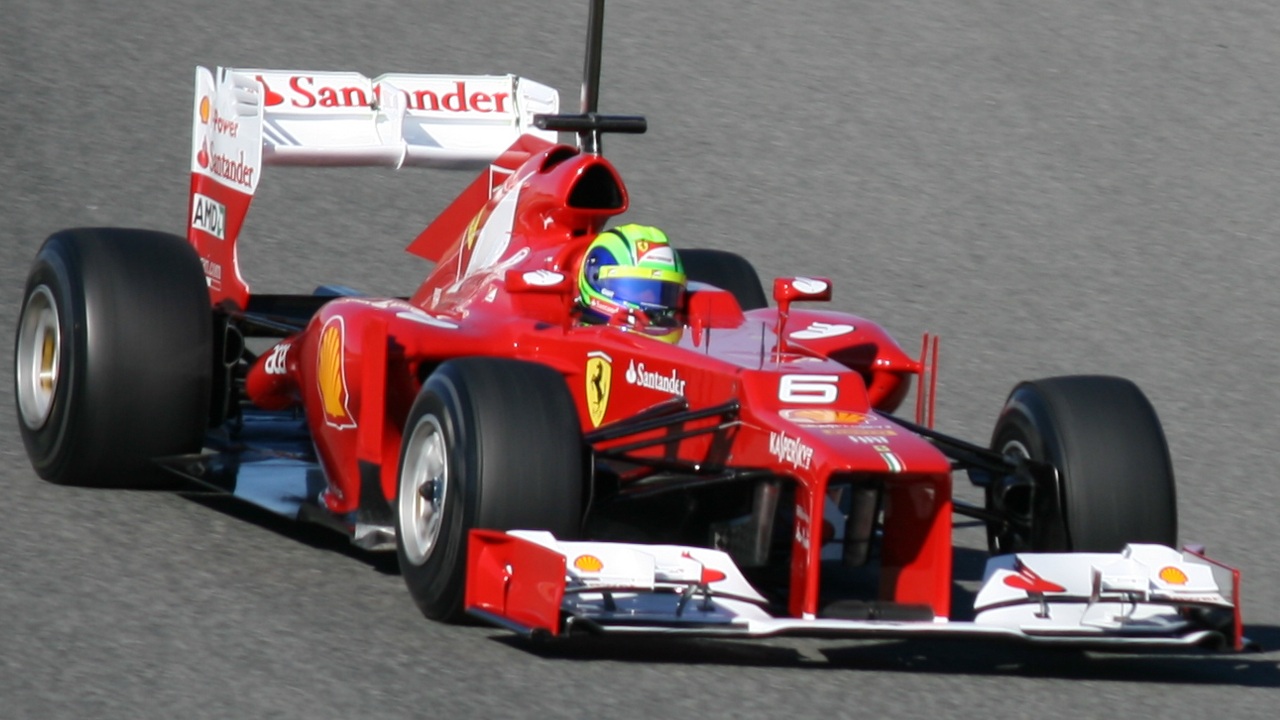
The Drag Reduction System, commonly known as DRS, is a technology in Formula 1 designed to reduce aerodynamic drag on cars. The primary purpose of DRS is to facilitate overtaking by allowing drivers to increase their speed on certain parts of the track. By reducing drag, DRS enhances the straight-line speed of a car, making it easier to close in on and pass competitors.
History and Implementation
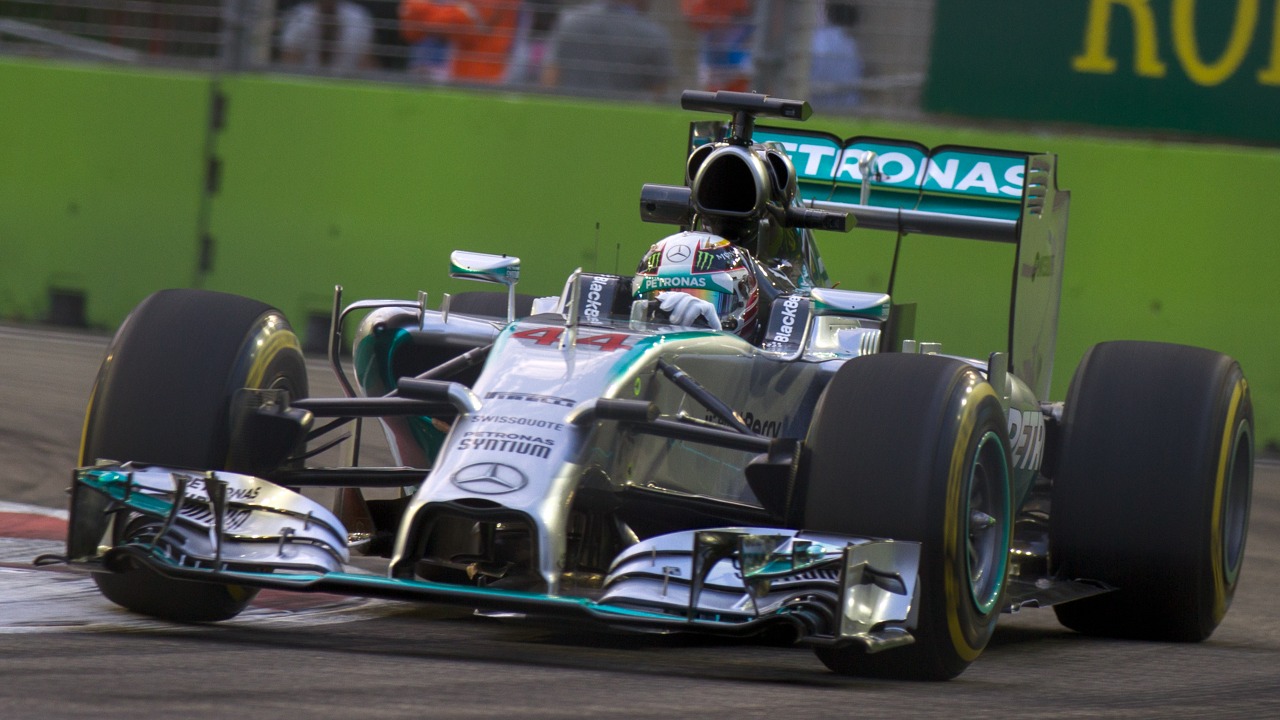
DRS was first introduced in Formula 1 in the 2011 season. The move came as a response to growing concerns about the difficulty of overtaking in the sport, which was leading to less exciting races. The introduction of DRS aimed to address this issue by creating more opportunities for drivers to overtake, thereby increasing the overall competitiveness and excitement of races.
Technical Specifications
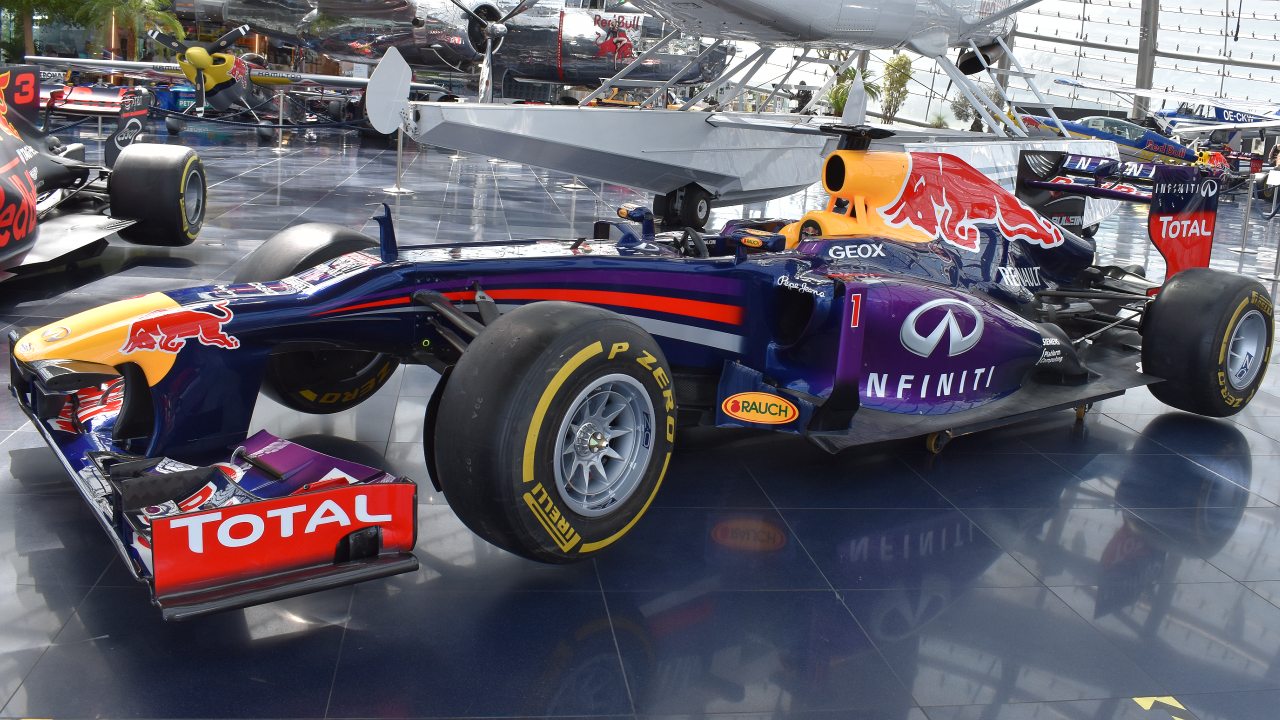
DRS is activated by a driver pressing a button on their steering wheel, but its use is governed by strict regulations. The system can only be used in designated DRS zones on the track and only when the pursuing car is within one second of the car in front. This ensures that DRS is used strategically rather than indiscriminately, maintaining a balance between assistance and driver skill.
How DRS Works
Mechanics of the System
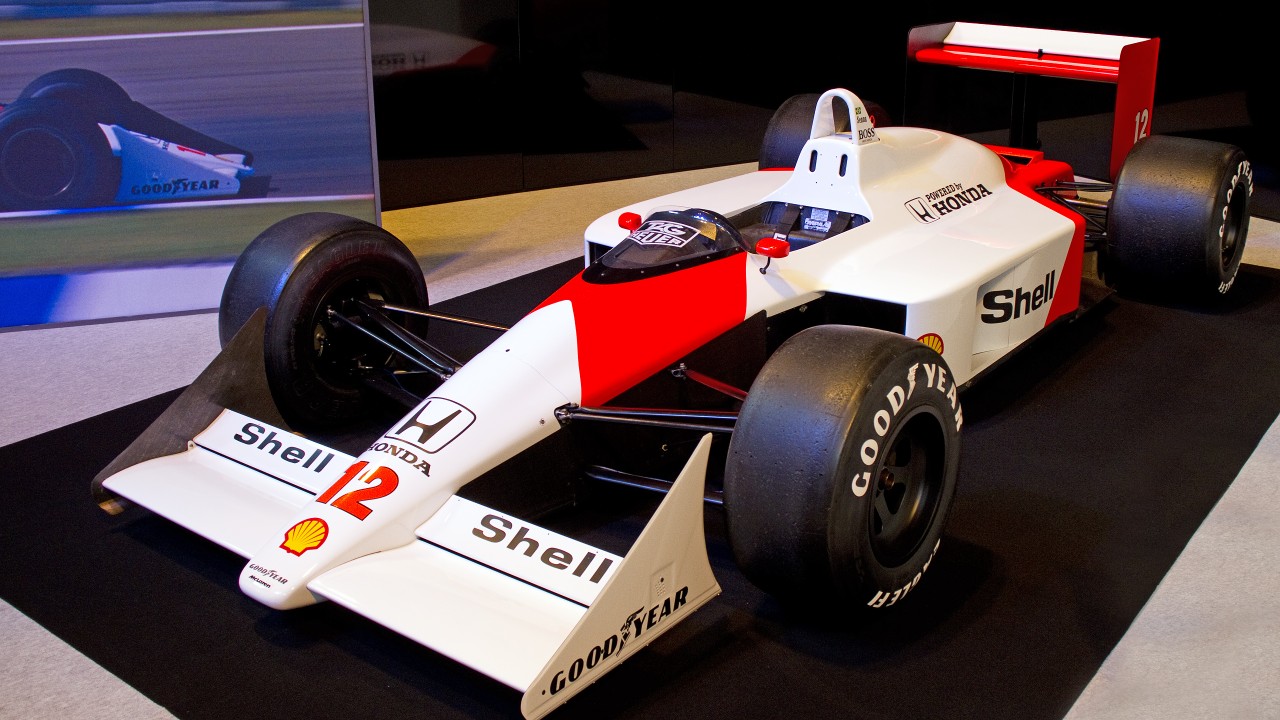
The DRS system operates through an adjustable rear wing on the car. When activated, the flap of the wing opens up, reducing the downforce and consequently the drag. This change allows the car to achieve higher speeds, especially on straights. However, the reduced downforce makes the car more challenging to control, particularly in corners, requiring drivers to carefully manage the system’s use.
Activation Zones
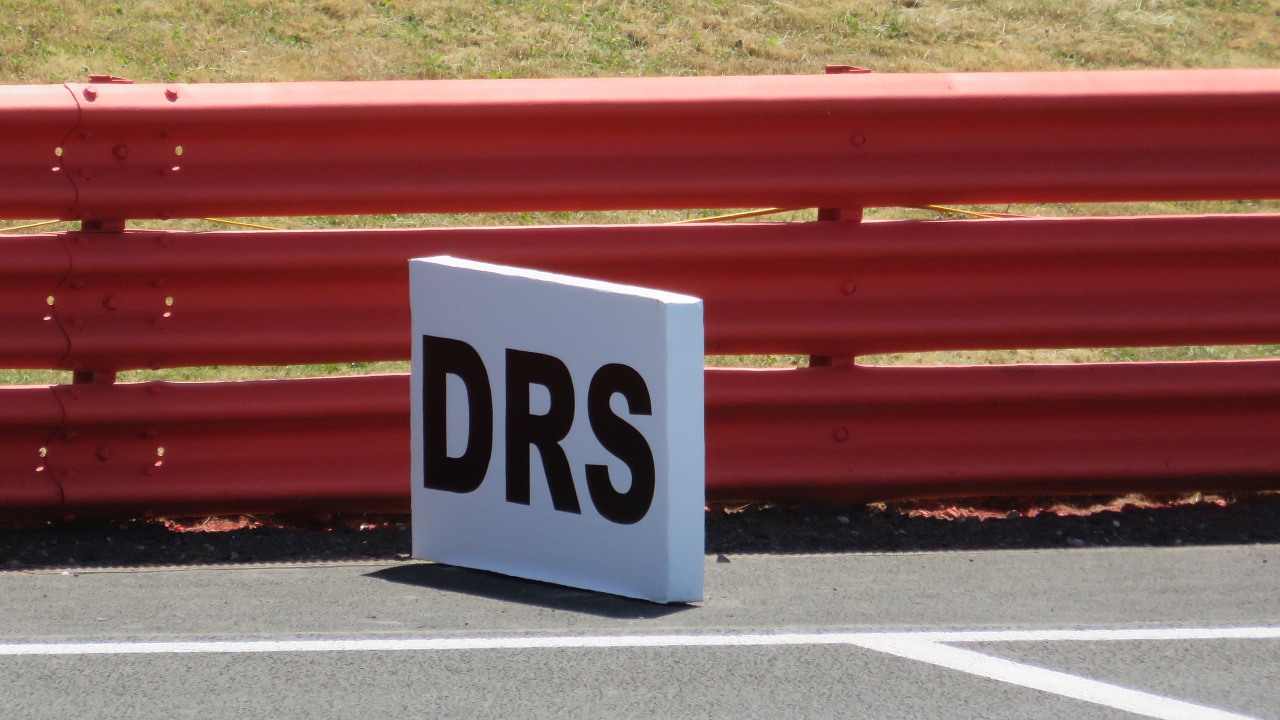
DRS zones are specific sections of the race track where the system can be legally activated. These zones are strategically placed by the FIA to enhance overtaking opportunities. The locations of these zones are determined based on track characteristics and previous racing data.
Impact on Racing Strategy
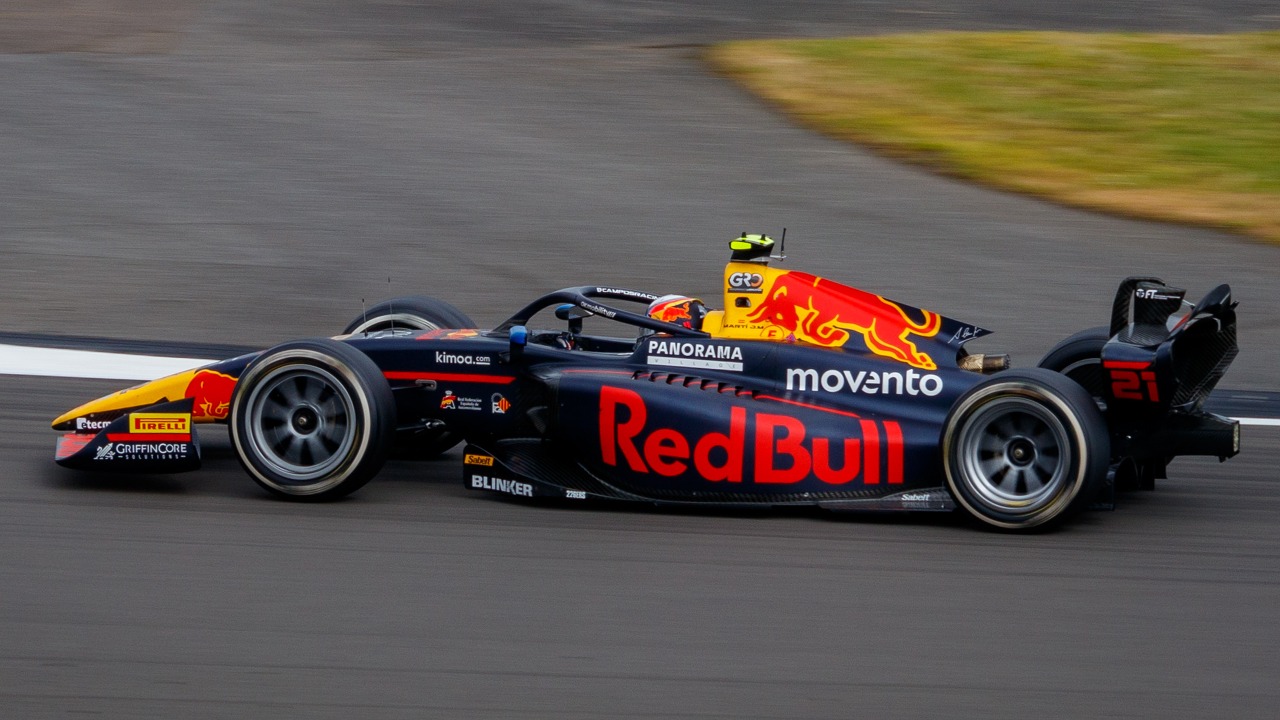
DRS plays a significant role in racing strategy, influencing decisions on timing and positioning. Teams must decide when to best utilize DRS to maximize its benefits. Drivers often plan their moves several laps in advance to position themselves within the DRS activation window, highlighting the system’s strategic importance. This adds a layer of complexity to race strategy, as teams balance the immediate advantages of DRS with the longer-term goals of the race.
The Impact of DRS on Racing
Enhanced Overtaking
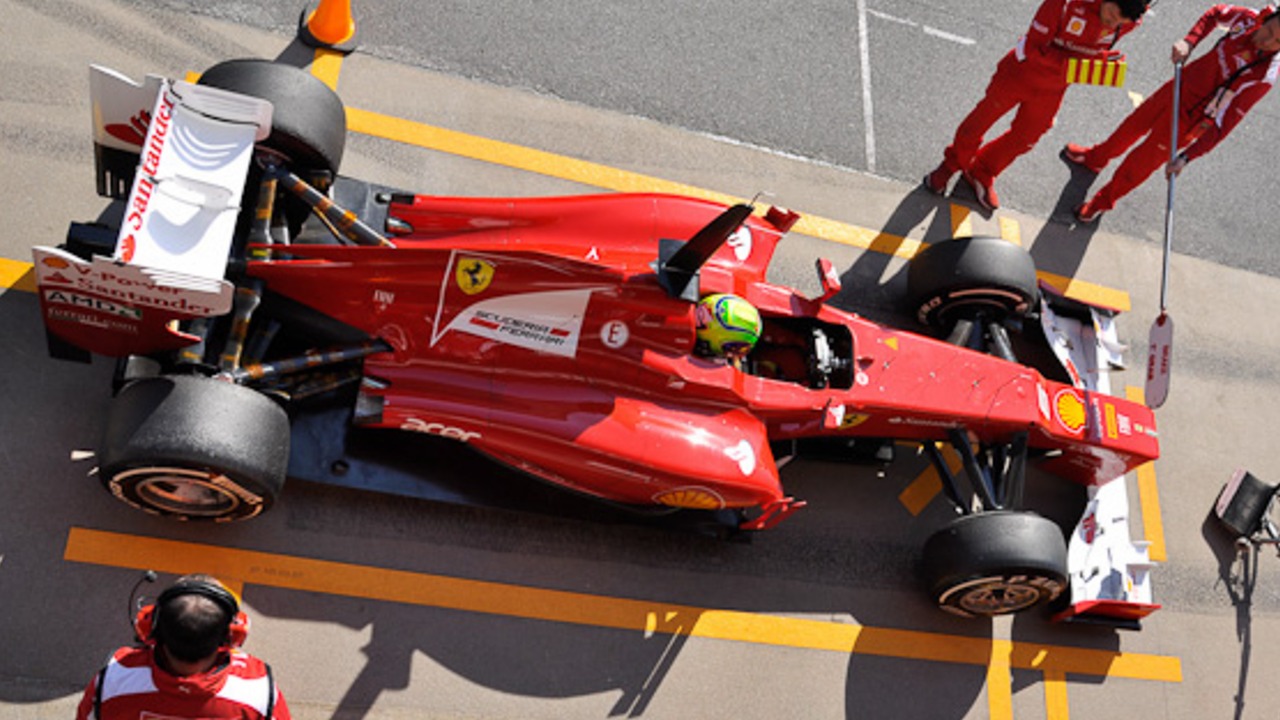
Since its introduction, DRS has significantly altered the dynamics of overtaking in Formula 1. The system has made it easier for cars to pass each other, increasing the frequency of overtaking maneuvers and making races more dynamic and unpredictable. The ability to overtake more easily has led to more thrilling races, with drivers often swapping positions multiple times during a single race.
Controversies and Criticisms
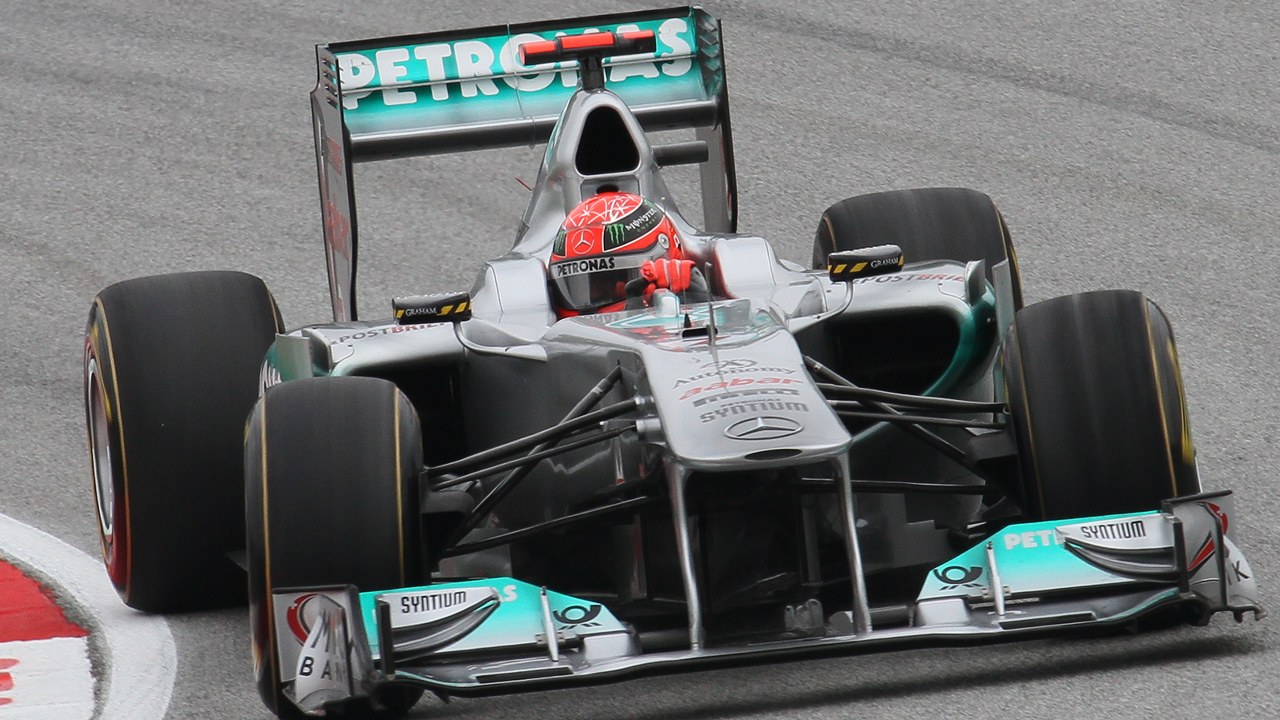
Despite its benefits, DRS has not been without controversy. Critics argue that it may artificially influence race outcomes, as it provides a significant advantage to the pursuing car. Some purists believe that overtaking should be a result of driver skill and car performance alone, without technological assistance. These debates highlight the ongoing tension between maintaining traditional racing elements and embracing technological innovation.
Statistical Evidence
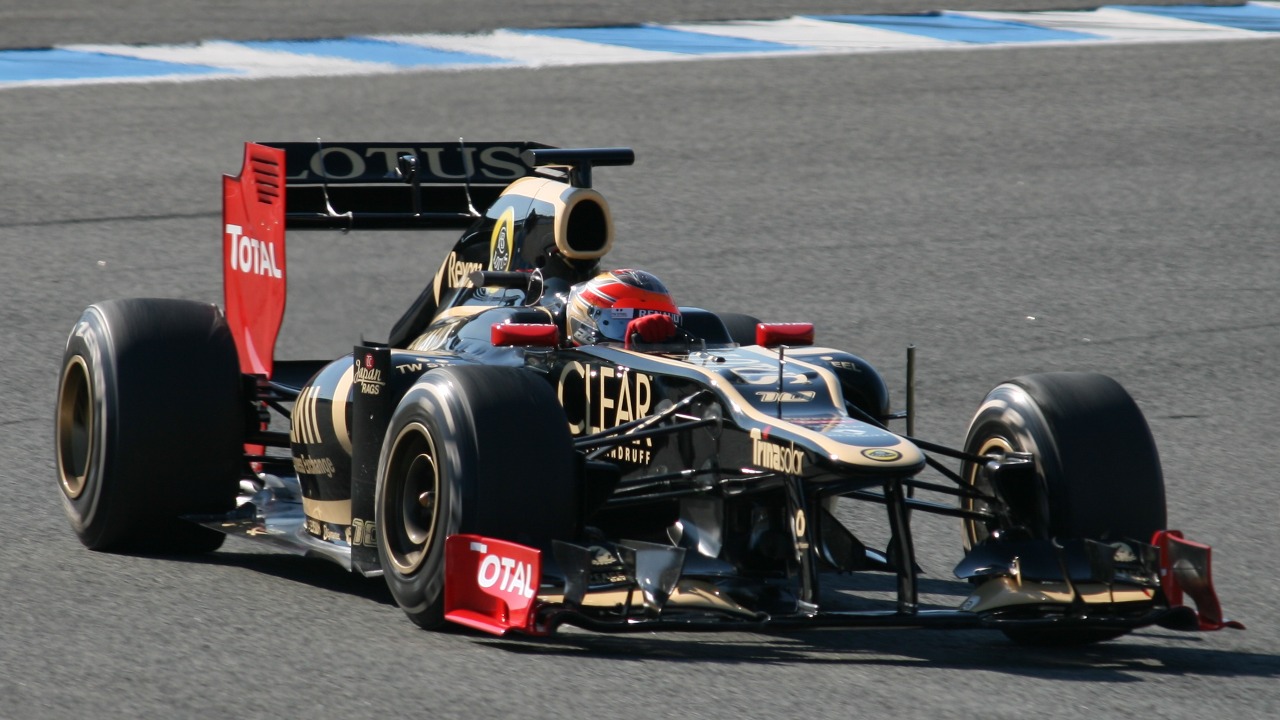
Studies and data analyses have demonstrated the impact of DRS on overtaking statistics. For example, a study published by De Gruyter shows a marked increase in overtaking maneuvers in races since DRS was implemented. This data underscores the system’s effectiveness in enhancing race excitement, though it also fuels the debate about its role in the sport.
DRS and the Future of Formula 1
Innovations and Developments
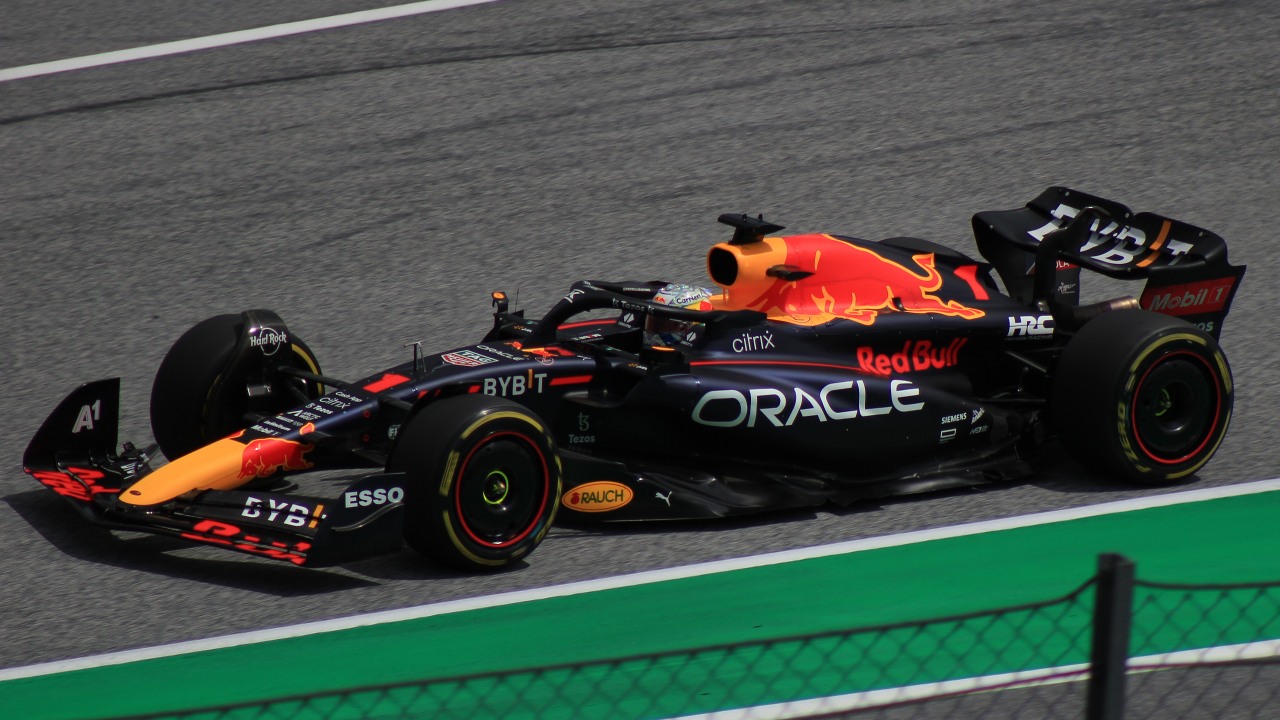
As Formula 1 continues to evolve, so too does the DRS system. Recent discussions within the sport have focused on potential changes to enhance its fairness and effectiveness. These may include adjustments to the size and location of DRS zones or modifications to the system itself to ensure it continues to promote competitive racing without unduly influencing outcomes.
Comparison with Other Racing Series
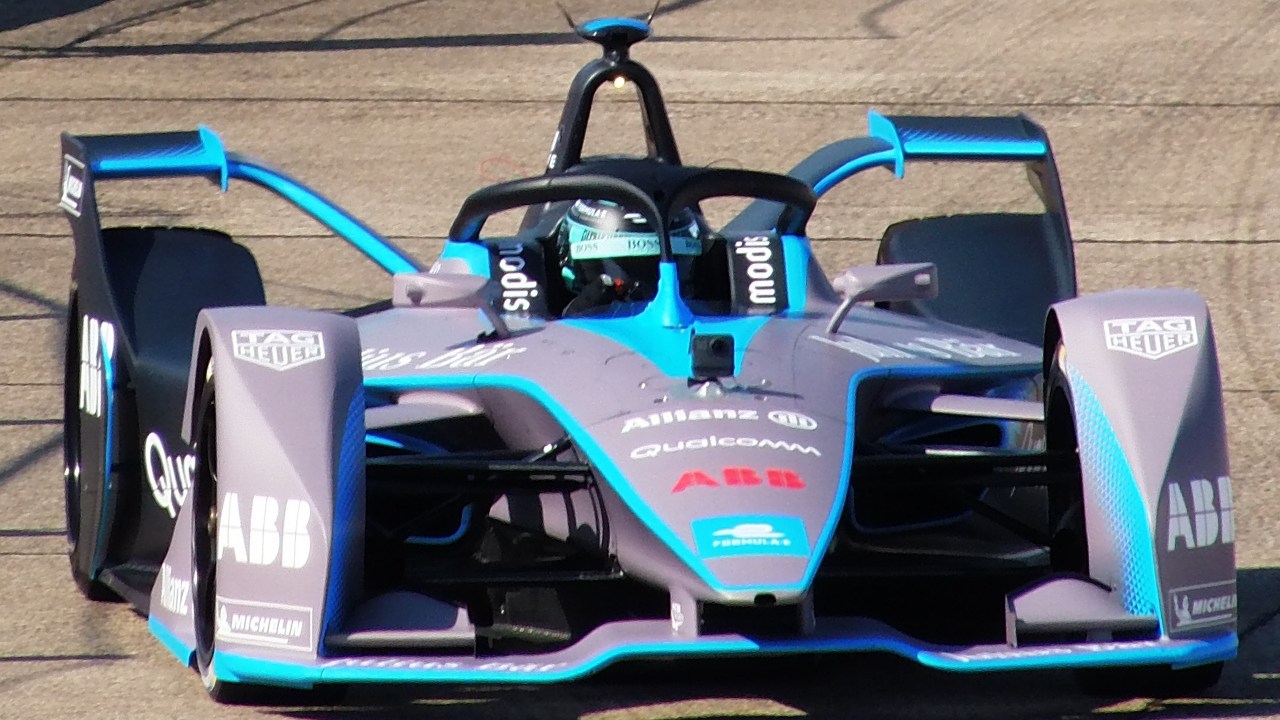
DRS is not unique to Formula 1; similar systems are used in other racing series, such as Formula E and DTM. However, the implementation and rules governing DRS can vary significantly between series. This comparison provides valuable insights into how different motorsports balance technological assistance with driver skill and competition.
The Role of DRS in Evolving Race Regulations
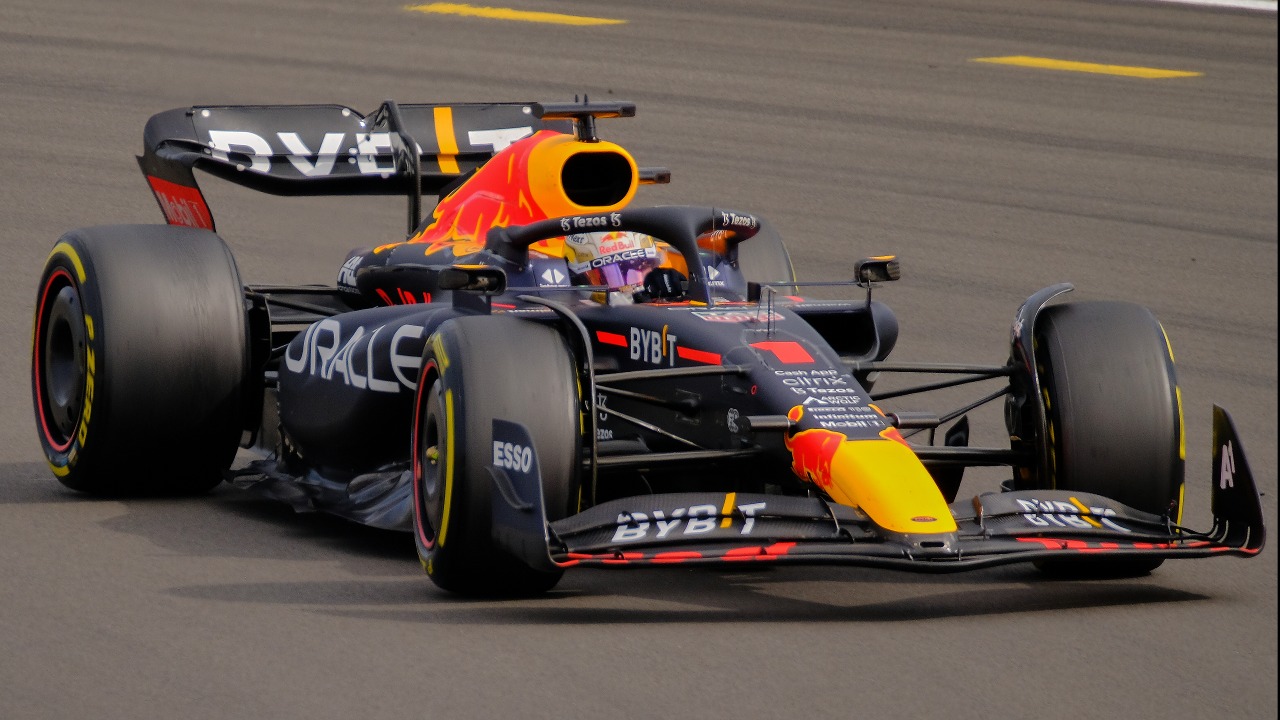
DRS is a key component of Formula 1’s ongoing efforts to refine its technical and sporting regulations. The system is part of a broader strategy to improve competition and maintain the sport’s appeal to fans. As Formula 1 continues to adapt to changing technologies and fan expectations, DRS will likely remain an integral part of the sport’s landscape, evolving alongside other innovations to keep races exciting and competitive.
Like Fast Lane Only’s content? Be sure to follow us.
Here’s more from us:
*Created with AI assistance and editor review.

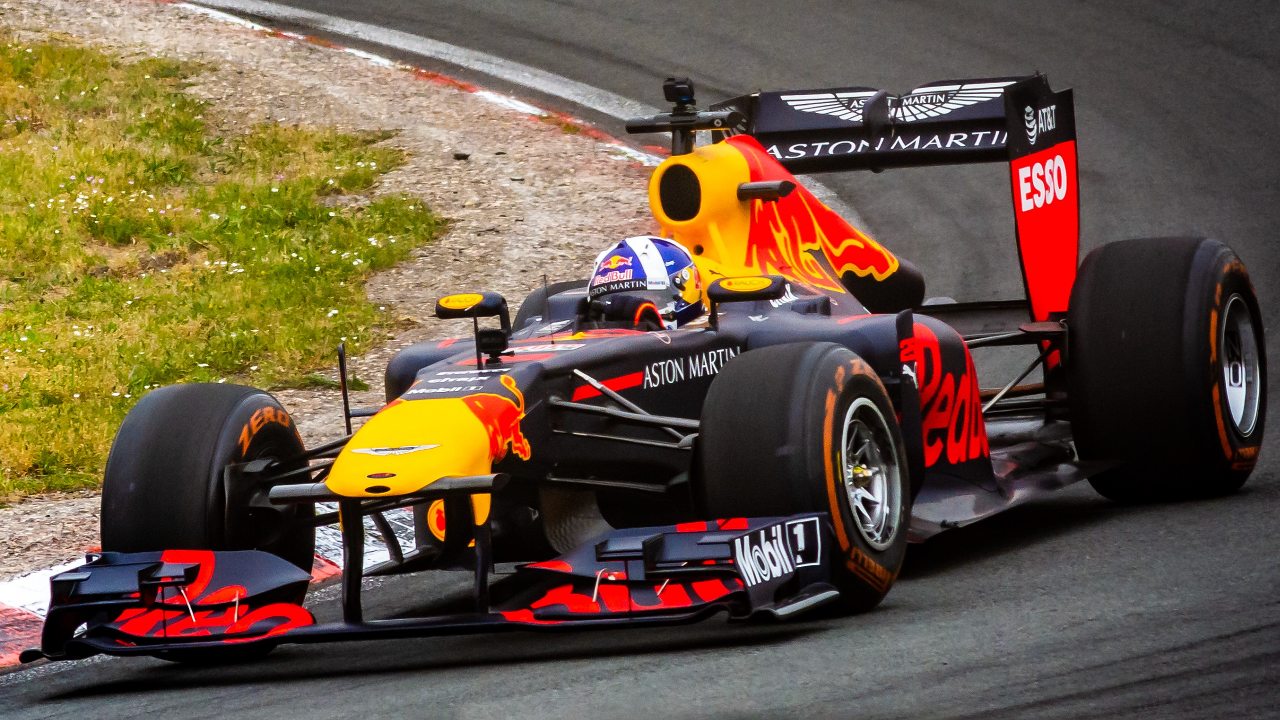


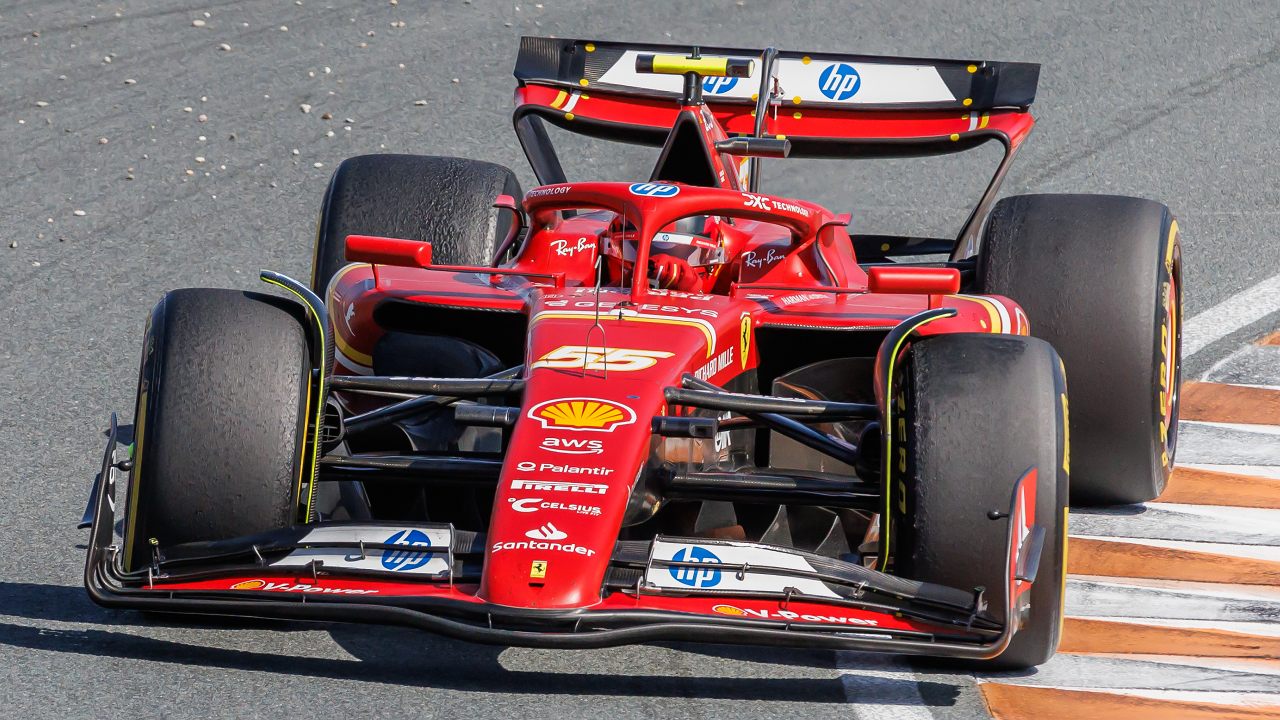


Leave a Reply